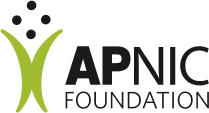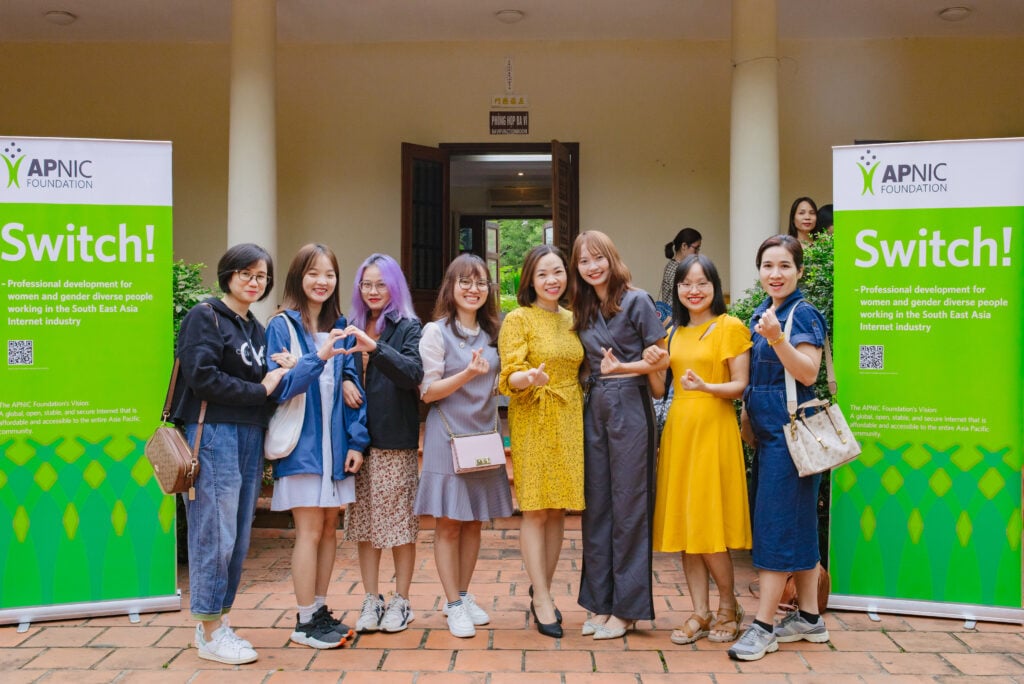The Foundation’s vision is a global, open, stable and secure Internet that is affordable and accessible to the entire Asia Pacific community.
To support this vision, the Foundation’s mission is to increase investment in Internet development in the Asia Pacific region, through engaging with partnerships to impact education and training, human capacity building, community development, research, and related projects and activities.
To achieve that, and line with its strategic plan, the Foundation’s Infrastructure, Inclusion and Knowledge programs support its focus on Internet development.
How does the Foundation approach Internet development?
Guided by its vision and mission, the Foundation works to ensure Internet infrastructure can provide connectivity that is secure, fast, inexpensive and ubiquitous.
The development of the Internet is crucial to social, cultural and economic development worldwide. It supports vitally important areas such as education, health and financial inclusion, making it a key focus area for international development efforts.
The Foundation focuses in particular on the Internet’s technical infrastructure and strengthening the communities that operate this infrastructure. Without a fast, secure, and reliable Internet, millions of people will not be able to safely experience the full benefits it can provide. Part of that includes support to delivery and business models that expand its coverage to unserved and underserved areas, while tackling affordability and accessibility.
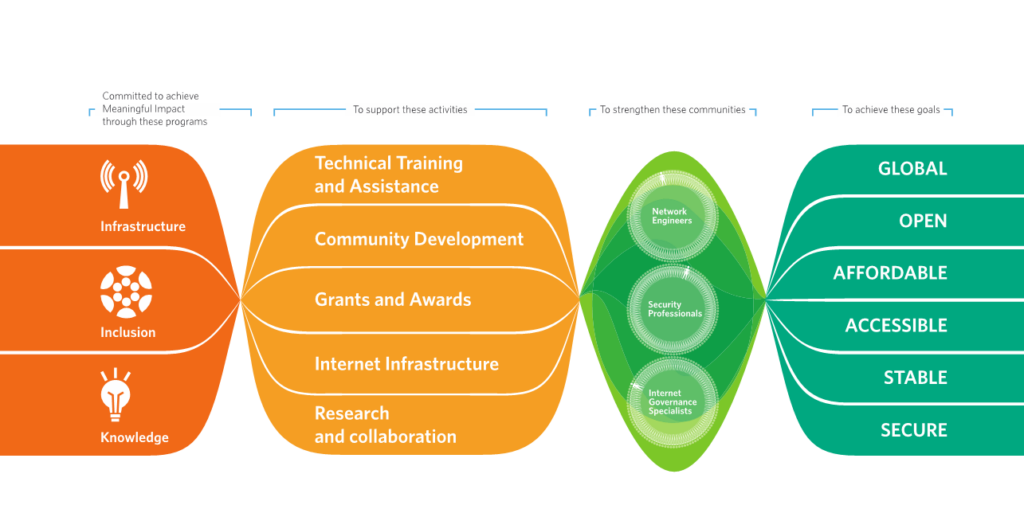
A global, open Internet
“The Internet is a grand project of benefit to all corners of society. The ‘network effect’ ensures that when one part of the Internet is developed, the rest will also benefit; that in effect, Internet development activities are magnified exponentially.”
APNIC Director General Paul Wilson
The Foundation supports technical efforts, representation and participation ensuring the Internet remains one globally connected network.
One key way is to bring more technical representatives from the Asia Pacific into the regional and global Internet community through fellowships to attend technical conferences, as well as support for key forums and training initiatives. This helps them to not only develop their skills, but also to realize they are an important part of a global community.
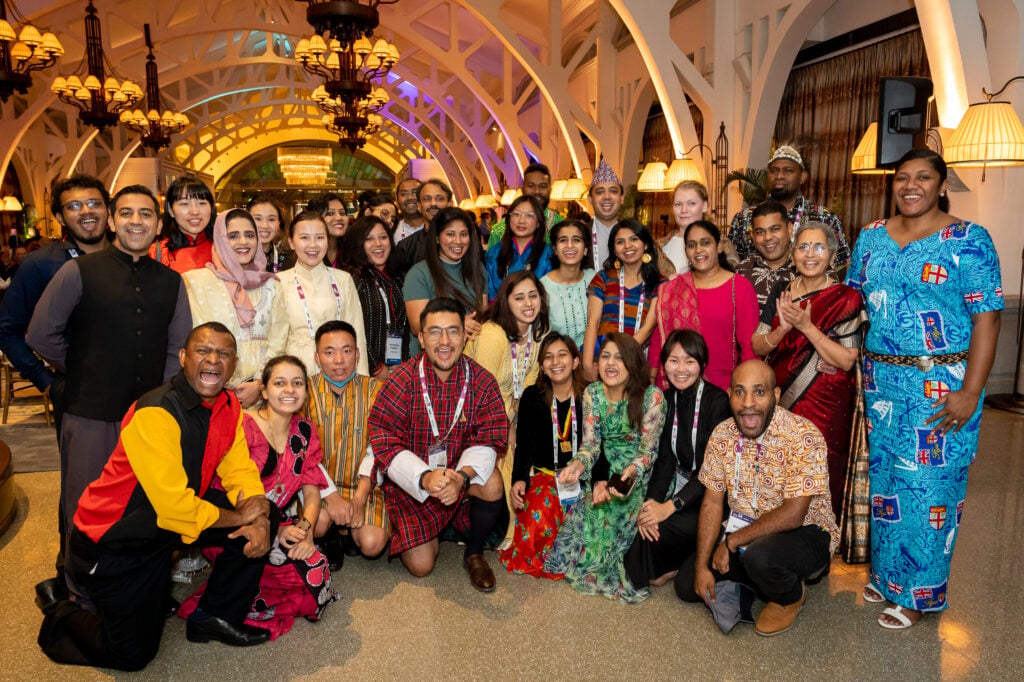
The Foundation also supports technical research, testing, deployment and adoption of organizational arrangements that are addressing Internet fragmentation. To learn more about Internet fragmentations and the risks it poses, visit this guide by the Internet Corporation for Assigned Names and Numbers (ICANN).
A stable Internet
Demand for bandwidth doubles every two years (Telegeography state of the Network 2021). Skilled people and infrastructure capable of handling such growing demand are needed to accommodate this growth.
As the Internet rapidly expands, The Foundation also supports extensive training and technical assistance run by APNIC , as well as its own projects such as Technical Training and Mentoring for Internet Professionals in Afghanistan.
But even if you have a fast connection, anyone who has experienced severe Internet drop-outs can tell you that even a fast Internet connection isn’t much use if it’s always dropping out. The Foundation supports efforts to provide reliable connectivity in unserved and underserved communities, including research and development of software and hardware, network deployment, powering infrastructure as well as measurements and diagnostics.
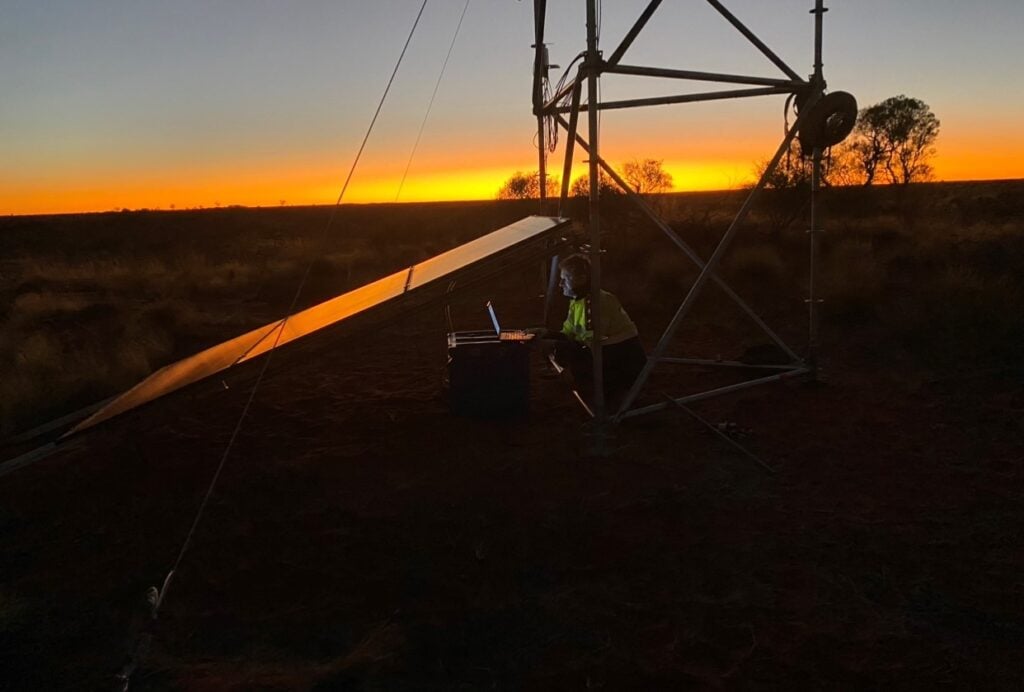
Another key element of Internet stability is routing. Data online needs to be able to make its way from point A to point B via an efficient route, and it needs to know where to go. To that end, the APNIC Foundation supports research, development and adoption of various technical protocols and standards through technical projects that help ensure global routing remains efficient and effective for everyone.
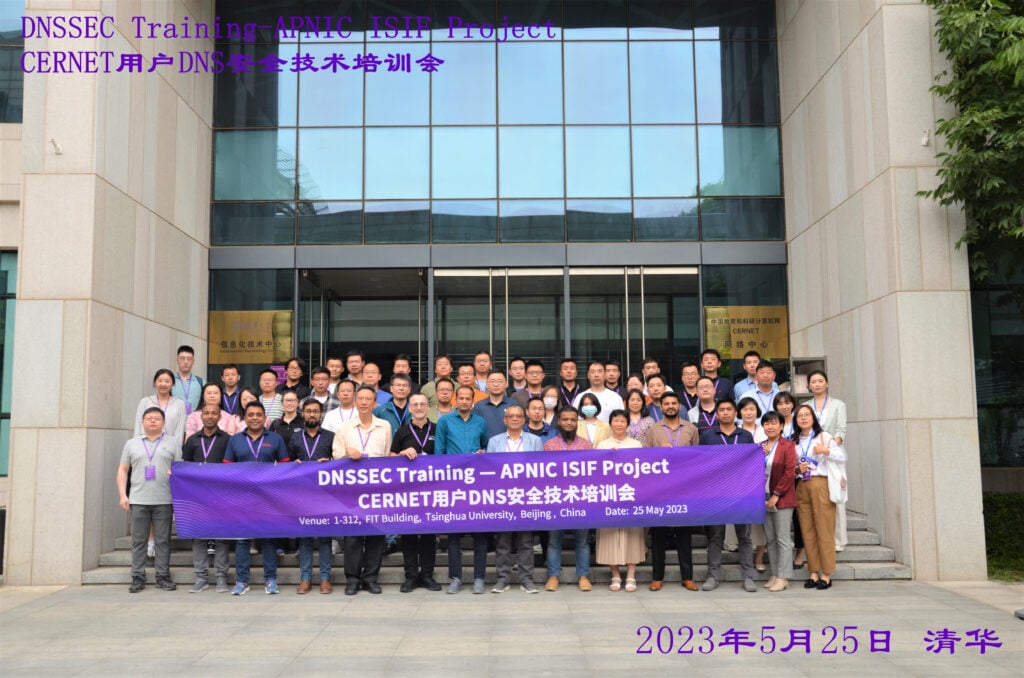
A secure Internet
Technical professionals are on the frontline of the Internet’s infrastructure: constantly challenged to build new services, adapt to new technologies, increase capacity, and deal with security threats; all while also ensuring reliable and efficient 24×7 operations. Network and information security represent a major challenge, and one that grows in importance as our dependence on the Internet grows.
The Foundation supports a variety of cybersecurity initiatives, ranging from incentives to organizations to fix security bugs via bounty programs, through to training and fellowships initiatives as well as security-focused infrastructure and research projects.
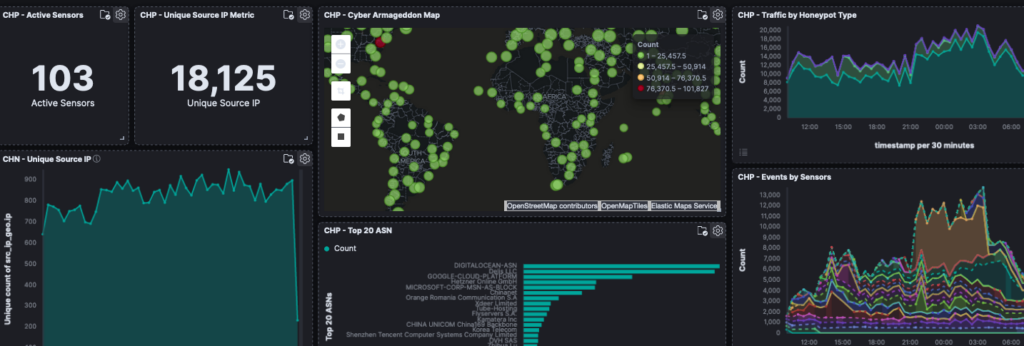
An affordable, accessible Internet
By the end of 2021, 4.9 billion people were online, some 63 per cent of the world population (ITU Global Connectivity Report). This still leaves a lot of people offline. Furthermore, costs can be prohibitive for some: As a proportion of their income, people in lower income countries can end up paying 30 times as much for Internet as people in high income countries (ITU data). In addition to that, Internet users in many developing economies tolerate Internet performance conditions that are unacceptable in the developed world which seriously limit the benefits the Internet can deliver to them.
The Foundation supports a wide variety of initiatives to help improve affordability. For example, funding the deployment of infrastructure, training and knowledge-sharing initiatives and events designed around complementary business models such as community networks, where local organizations build and maintain infrastructure with a specific community needs in mind.
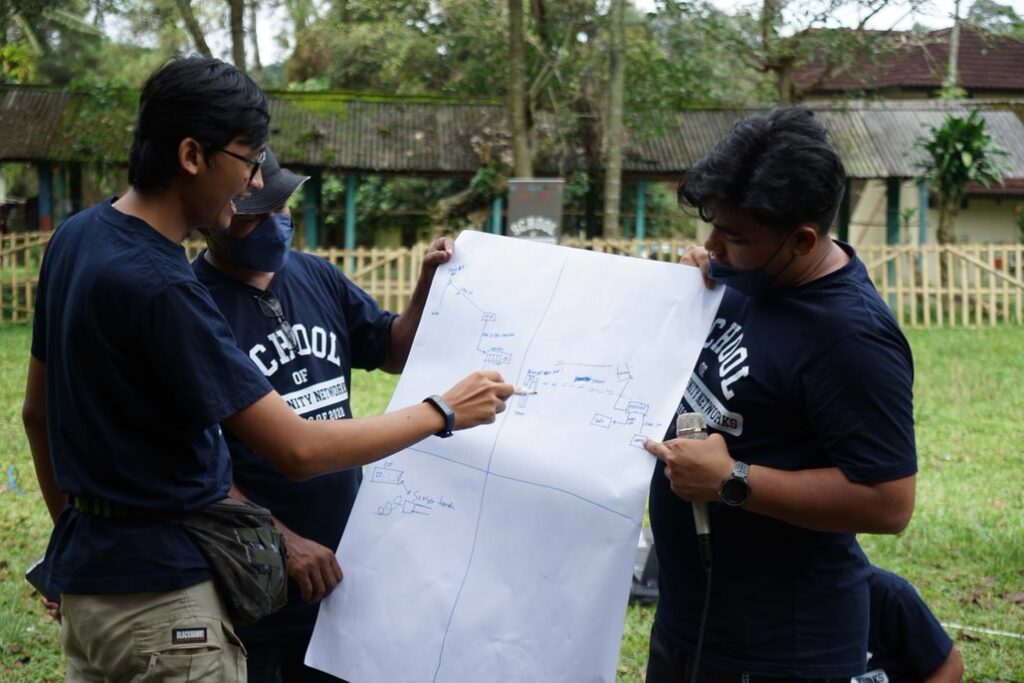
The Foundation also supports projects to help foster accessibility through standards development and adoption that allows people with disabilities to be able to interact with online services and applications.
The Foundation is also looking at ways to increase technical skills, participation and representation of women and gender diverse network engineers and security professionals within the technical community, through the Switch! project.
Want to get involved?
If you’re interested in the Foundation programs and partnering to assist Internet development in the Asia Pacific, check out our partner with us page. If you’re interested in receiving support, see what grants are currently open. For all other inquiries, contact us.
